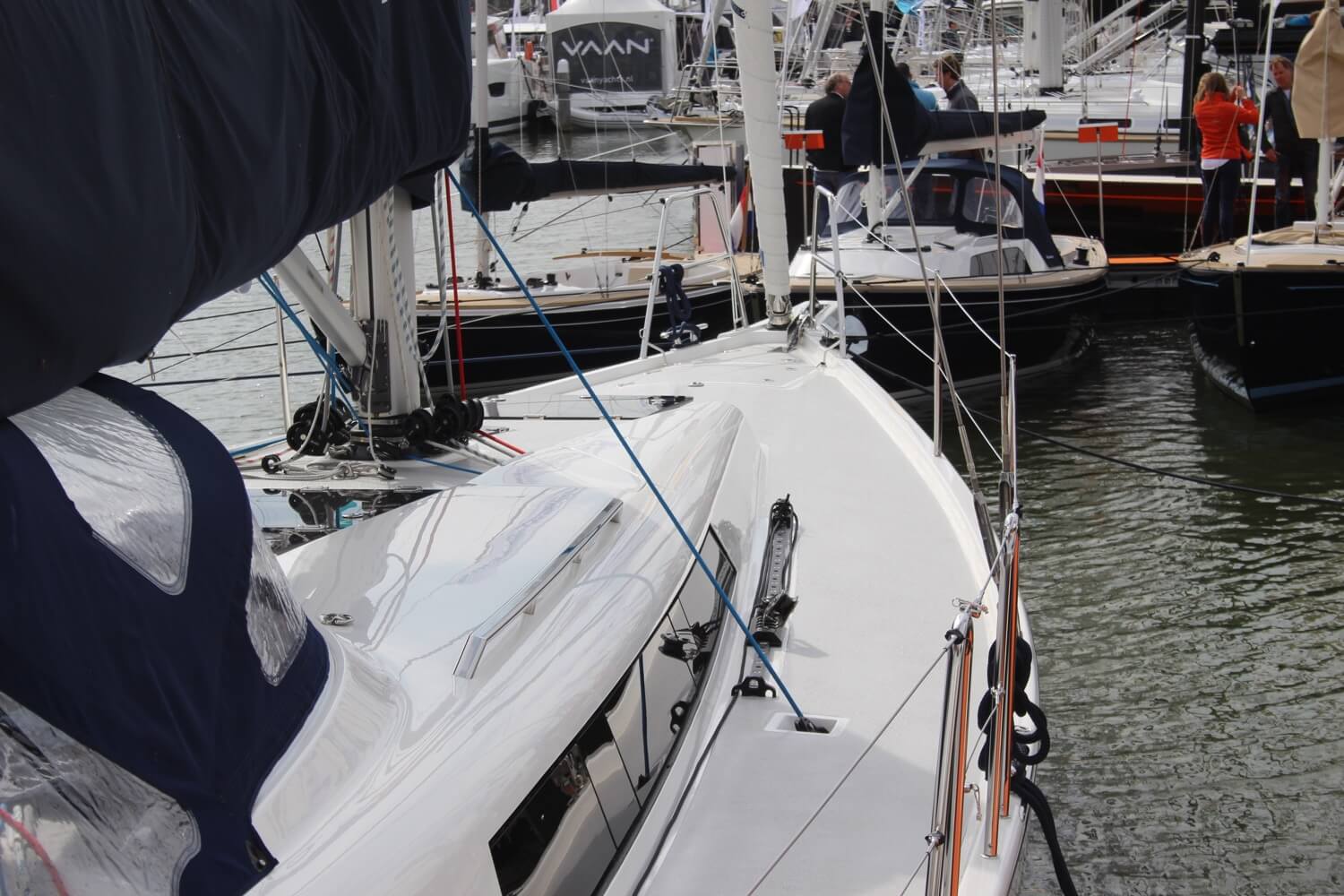

(The other end is referred to as the ‘Standing Line’).īoat Wind: The wind created by the boat moving through the water.
SAILING LINGO FREE
Tying two lines together.īifurcation: A channel junction (two channels meeting) usually marked by a ‘bifurcation buoy’ indicating the preferred channel to follow.īilge: The lowest inner part of a boats hull.īinnacle: A support or pedestal for the ship’s compass.īitter End: The utmost free end of a line. Think of a clock face – if the wind is blowing from 12 o’clock, sailing at between 3 o’clock or 9 o’clock would be a beam reach.īearing Away:Turning away from the wind or turning downwind.īeating: Sailing on a close haul towards the wind – tacking back and forth across the wind.īend On:To secure one thing to another. You are ‘beam reaching’ when sailing directly sideways to the wind on either a port or starboard tack. Battens help to shape and strengthen the sail to increase overall performance.īeam Reaching:One of the points of sail.


The backstay stops the mast from falling forward and also helps to control the degree of mast bend when tuning a boat.īattens: Wood, fiberglass or plastic strips slid into pockets along the leech of the sail. This usually means that bad weather is approaching.īackstay: A wire running from the top of the mast to the stern of the boat. On a windex, the apparent wind will cause the windex to show wind direction just in front of the true wind.Īstern: A location off the boat and behind it.īacking Wind: Refers to the wind shifting direction in a counter-clockwise direction. that help determine a boats position or course, the presence of dangers or obstructions and the preferred route to navigate.Īmidships: In the middle of the boat between the stern and the bow.Īpparent Wind: The apparent wind is a combination of the true wind and the wind caused by the boat travelling through the water. “Look ahead.”Īids to Navigation: This includes all external systems like channel markers, preferred route buoys, danger and safe water buoys, isolated danger and regulatory markers etc. When another boat is abeam, it is at a right angle off the beam to either the starboard or port side of the boat you are on.Īft: When on a boat you refer to the stern part of the boat as being aft or to the rear of the boat.Īhead: A term used to describe the area in front of the boat you are on.

“The tiller is abaft the mast.”Ībeam:The beam is the widest part of the boat. Abaft: A location on the boat but further to the rear of the boat.


 0 kommentar(er)
0 kommentar(er)
